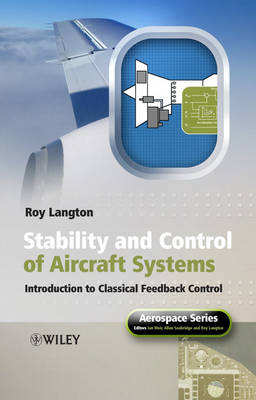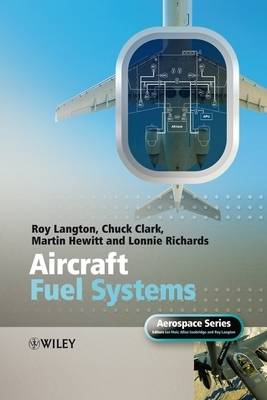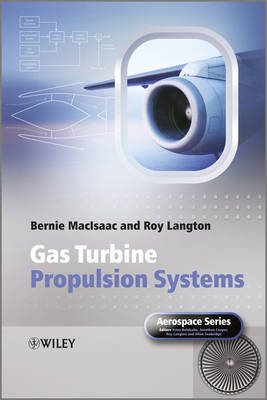Aerospace
2 primary works • 3 total works
Book 16
Stability and Control of Aircraft Systems is an easy-to-read and understand text that describes control theory using minimal mathematics. It focuses on simple rules, tools and methods for the analysis and testing of feedback control systems using real systems engineering design and development examples.
- Clarifies the design and development of feedback control systems
- Communicates the theory in an accessible manner that does not require the reader to have a strong mathematical background
- Illustrated throughout with figures and tables
Stability and Control of Aircraft Systems provides both the seasoned engineer and the graduate with the know-how necessary to minimize problems with fielded systems in the area of operational performance.
Book 24
Aircraft Fuel Systems
by Roy Langton, Chuck Clark, Martin Hewitt, and Lonnie Richards
All aspects of fuel products and systems including fuel handling, quantity gauging and management functions for both commercial (civil) and military applications.
The fuel systems on board modern aircraft are multi-functional, fully integrated complex networks. They are designed to provide a proper and reliable management of fuel resources throughout all phases of operation, notwithstanding changes in altitude or speed, as well as to monitor system functionality and advise the flight crew of any operational anomalies that may develop.
- Collates together a wealth of information on fuel system design that is currently disseminated throughout the literature.
- Authored by leading industry experts from Airbus and Parker Aerospace.
- Includes chapters on basic system functions, features and functions unique to military aircraft, fuel handling, fuel quantity gauging and management, fuel systems safety and fuel systems design and development.
- Accompanied by a companion website housing a MATLAB/SIMULINK model of a modern aircraft fuel system that allows the user to set up flight conditions, investigate the effects of equipment failures and virtually fly preset missions.
Aircraft Fuel Systems provides a timely and invaluable resource for engineers, project and programme managers in the equipment supply and application communities, as well as for graduate and postgraduate students of mechanical and aerospace engineering. It constitutes an invaluable addition to the established Wiley Aerospace Series.
Chapters include aircraft engine systems functional overview, marine propulsion systems, fuel control and power management systems, engine lubrication and scavenging systems, nacelle and ancillary systems, engine certification, unique engine systems and future developments in gas turbine propulsion systems. The authors also present examples of specific engines and applications.
Written from a wholly practical perspective by two authors with long careers in the gas turbine & fuel systems industries, Gas Turbine Propulsion Systems provides an excellent resource for project and program managers in the gas turbine engine community, the aircraft OEM community, and tier 1 equipment suppliers in Europe and the United States. It also offers a useful reference for students and researchers in aerospace engineering.


